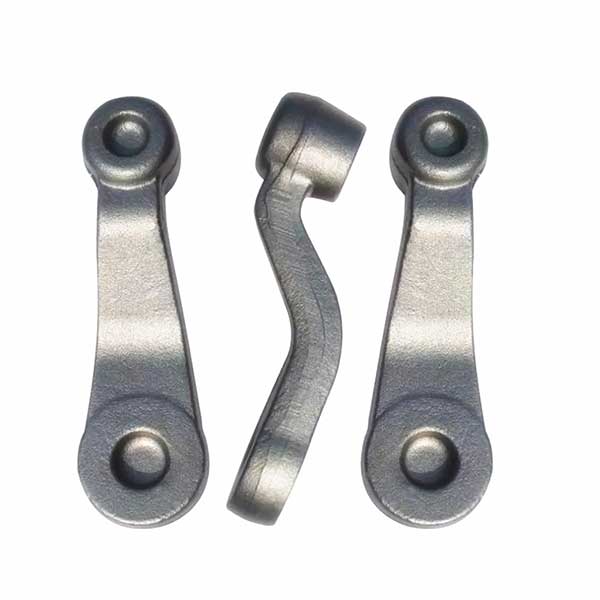WHAT ARE THE BASIC PRINCIPLES OF THE FORGING PROCESS?
Forging is a processing method that uses a forging machine to apply pressure to a metal blank to plastically deform it to obtain a forging with certain mechanical properties, certain shape and size. Forging (forging and stamping) is one of the two major components.
Through forging, defects such as as-cast looseness produced by the metal during the smelting process can be eliminated, and the microstructure can be optimized. At the same time, due to the preservation of the complete metal streamline, the mechanical properties of forgings are generally better than those of castings of the same material. So do you know the three basic principles in the forging process? Below, the relevant personnel of Chinese professional forging manufacturers will give you a detailed introduction, let’s learn about it together!

1. THE PRINCIPLE OF CONSTANT VOLUME
When forging each forging, the material should be calculated first, and the material should be cut according to the weight and fire consumption of the forging. (The basic formula for calculating the material G = ρV G – the weight of the billet ρ – the specific gravity of the material V – the volume of the billet) When calculating the material, the volume of the raw material must be calculated (due to the different specific gravity of various raw materials) and then multiplied by the specific gravity to get the forgings The weight of any forging is closely related to the volume before and after forging, such as pier thickening, drawing length, punching, mandrel drawing length, shoulder pressing, misalignment, bending and twisting during forging. Its overall volume remains the same, but the shape is changing, such as from a circle to a square, from a square to a circle, from an octagonal to a circle, etc., but the volume remains unchanged.
…
For more details click to visit:https://www.gold-emperor.com/forging-principle/


